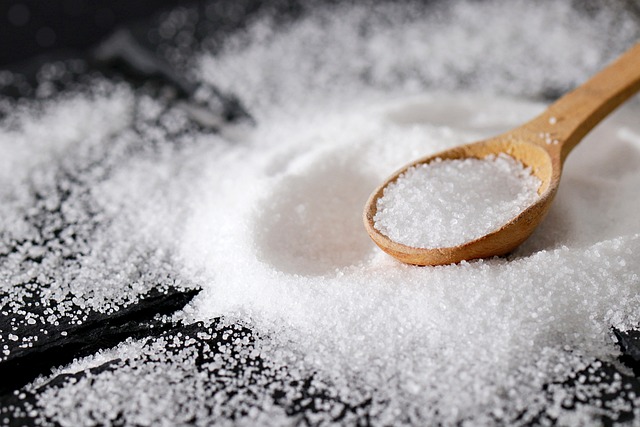The Impact of Salt on Heart Health: Tips for Reducing Sodium Intake

The Impact of Salt on Heart Health: Tips for Reducing Sodium Intake
Salt is an essential mineral that has played an important role in human history and culinary traditions. Despite the culinary and crucial role salt plays, excessive consumption has been linked to various health concerns, particularly heart health. This article explores the connection between salt and heart health and provides strategies for reducing sodium intake while enjoying flavorful meals.
The Connection between Salt and Heart Health
High sodium intake is associated with increased blood pressure, a primary risk factor for heart disease. The link between salt and heart health is well-established and supported by reputable institutions like the American Heart Association (AHA). According to AHA, excessive sodium can cause the body to retain water, leading to elevated blood pressure and a higher risk of heart problems.
Helpful Pick;
Hidden Sources of High Salt Intake
Unknown to many, a significant portion of our daily sodium intake comes from processed and packaged foods. Items like canned soups, deli meats, and seemingly healthy snacks can harbor surprisingly high sodium content. The AHA recommends that an ideal daily sodium intake should not exceed 2,300 milligrams (about a teaspoon) and is even lower for specific populations.
8 Helpful Tips for Reducing Sodium Intake
Embrace Fresh Ingredients
Opt for fresh fruits, vegetables, and whole foods. They are naturally low in sodium and high in essential nutrients, supporting overall heart health.
Home Cooking with Flavorful Spices
Experiment with herbs and spices like rosemary, garlic, and turmeric to enhance the taste of your dishes without relying on excess salt. The Mediterranean diet, known for its heart benefits, is a great inspiration for using these flavor-enhancing alternatives.
Read Labels Thoroughly
Pay close attention to nutrition labels when shopping. Go for products labeled as low-sodium or no-added-salt versions. Even products labeled as "healthy" might hide substantial sodium content.
Gradual Reduction
Gradually reduce the salt you use in cooking or sprinkle on dishes. Over time, your taste buds will adjust, and you'll need less salt to enjoy the flavors.
Rinse and Drain Canned Foods
If you're using canned vegetables or beans, rinse and drain them to reduce sodium content by up to 40%.
DIY Condiments and Sauces
Prepare your sauces and dressings at home. This way, you can control the amount of salt added and ensure healthier options.
Choose Fresh Over Processed
When choosing packaged foods, choose options with shorter ingredient lists and recognizable components. These are likely to contain lower amounts of sodium and fewer additives.
Mindful Eating
Practice mindful eating to savor flavors fully. By slowing down and paying attention to your meal, you can find satisfaction with less salt.
Final Words
Reducing sodium intake is a proactive step toward maintaining heart health and well-being. Being aware of hidden sources of sodium and incorporating strategies can help you enjoy delicious meals while prioritizing your cardiovascular health. Remember, it's not about sacrificing flavor but embracing new culinary adventures that nourish your body and support your heart for years. Always consult a healthcare professional before making significant dietary changes, especially if you have underlying health conditions.
